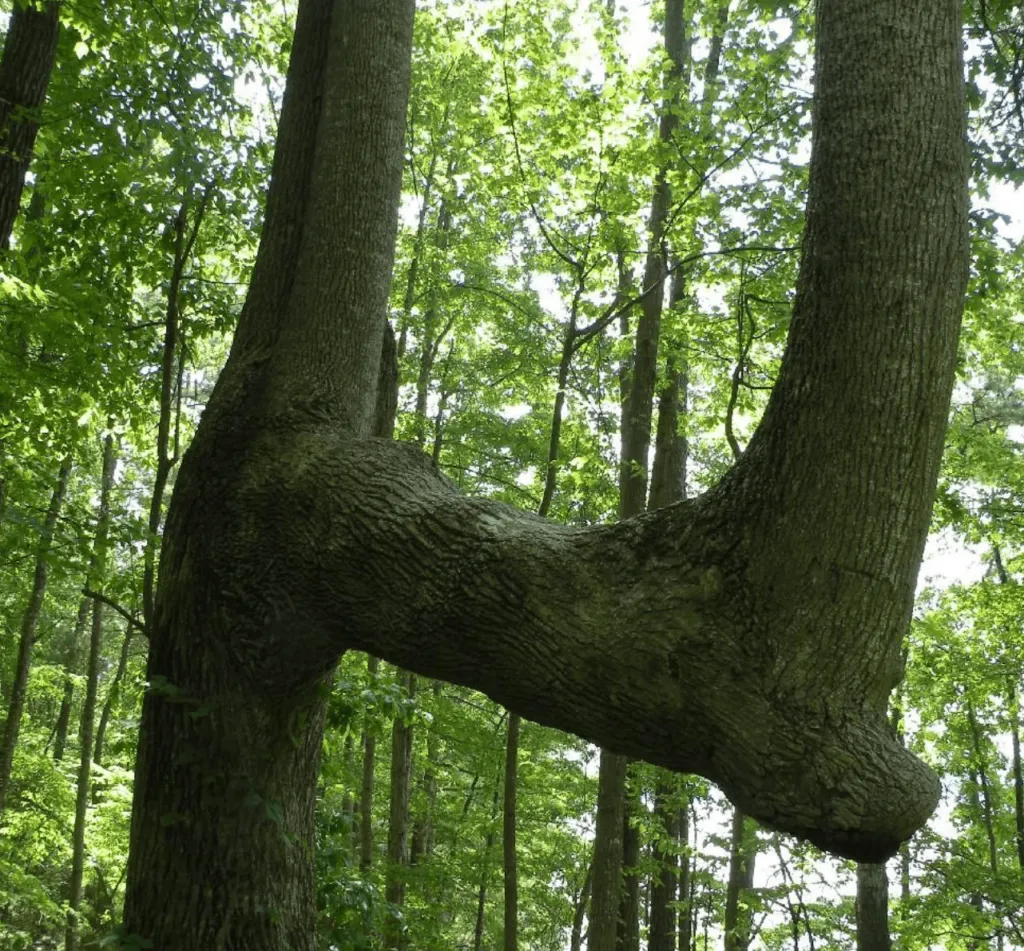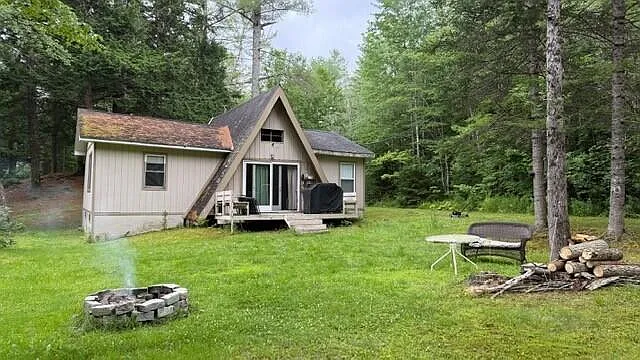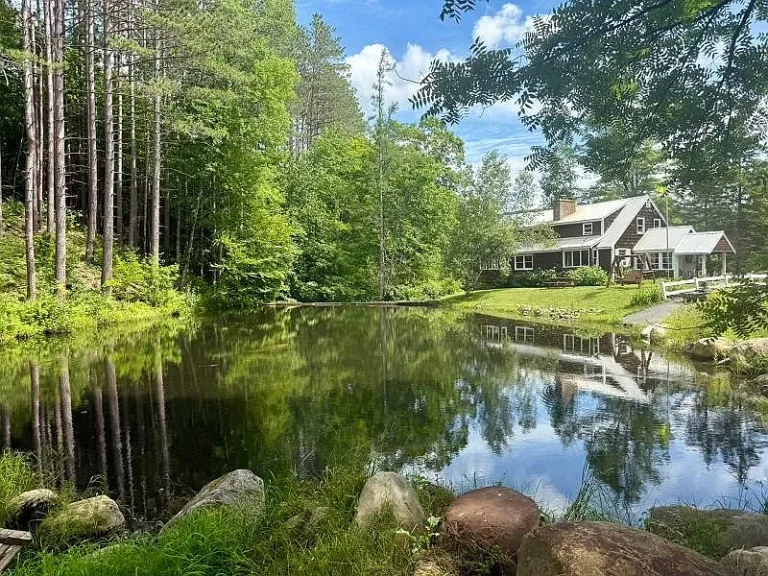The Fascinating Tale of the Bent Trees That Guided Indigenous People
In a world dominated by GPS technology and digital maps, it’s easy to forget that ancient civilizations navigated using entirely different methods. Among the many ingenious techniques employed by Native Americans, one stands out for its ingenuity and longevity—bending trees to serve as living trail markers. These unique trees, shaped hundreds of years ago, continue to silently guide us through history, offering a glimpse into the resourcefulness of indigenous peoples.

The Remarkable Art of Bending Trees
Native Americans developed a practical and enduring method to navigate through dense forests and vast landscapes. They would manipulate young saplings by tying or bending them to grow in specific directions. Over time, these trees would retain their distinct shape, serving as natural signposts along trails.
What set these bent trees apart? Unlike naturally deformed trees, these man-made markers often featured distinct characteristics, such as a noticeable “nose” or a sharp notch at the bend. These features were intentionally designed to point travelers toward important destinations like water sources, hunting grounds, or safe passageways.
How Bent Trees Served as Trail Markers
Bent trees were more than just directional tools—they were lifelines for indigenous communities. By marking trails in this way, Native Americans created a sophisticated navigation system that required no maps or written instructions.
- Identifying the Path
These trees were strategically placed at key intersections or along trails. Their unique shapes would signal directions, guiding travelers through forests and rugged terrains. - Significance of Scars
The scars left by straps or bindings used to shape these trees can still be seen today, offering clues to their artificial origins. These scars also help historians and nature enthusiasts distinguish them from naturally bent trees. - A Network of Knowledge
Bent trees often led to critical resources like fresh water, edible plants, or shelter. They also served as markers for meeting spots or ceremonial sites, creating a living map of the land.
Living Historical Monuments
These remarkable trees have withstood the test of time, standing as silent witnesses to centuries of history. Many of them are now between 150 to 200 years old, their twisted trunks a testament to the knowledge and ingenuity of their creators.

Imagine the stories these trees could tell if they could speak. They’ve weathered countless seasons, observed changes in the landscape, and silently bore witness to the lives of countless people who passed by.
Today, these living monuments are cherished for their historical significance, providing a tangible connection to the past.
Preserving These Living Markers
As modern development and natural decay threaten these ancient trail markers, efforts have been made to protect and document them. The Mountain Stewards organization has taken the lead in mapping and preserving bent trees across the United States.
- Mapping the Legacy
Through their website, the Mountain Stewards have identified and documented over 1,000 bent trees. This resource serves as an invaluable tool for historians, educators, and enthusiasts eager to learn about this unique cultural heritage. - Raising Awareness
By sharing the significance of bent trees, organizations and individuals aim to protect these living pieces of history. Awareness campaigns encourage communities to appreciate and safeguard these natural landmarks.
The Role of Bent Trees in Modern Times
Even today, bent trees inspire curiosity and wonder. They remind us of a time when people lived in harmony with nature, using its resources creatively and sustainably.
For hikers and outdoor enthusiasts, spotting a bent tree can feel like uncovering a hidden treasure. It’s a tangible connection to a bygone era, a reminder of the ingenuity and resilience of those who came before us.

How You Can Appreciate and Preserve Bent Trees
Preserving these historical markers doesn’t require grand gestures. Here are some simple ways you can contribute:
- Spread Awareness
Share the story of bent trees with friends and family to help others appreciate their historical and cultural significance. - Support Preservation Efforts
Donate to organizations like the Mountain Stewards or participate in local initiatives aimed at conserving these landmarks. - Practice Responsible Tourism
If you come across a bent tree during your travels, admire it from a distance and avoid causing any harm.
Why Bent Trees Matter
The story of bent trees is more than just a historical footnote; it’s a testament to human ingenuity and our deep connection to nature. These living markers highlight the resourcefulness of Native Americans and their ability to adapt to and navigate the natural world without modern tools.
By preserving these trees, we ensure that future generations can continue to learn from and be inspired by this incredible legacy.
A Journey Through Time
Bent trees are more than a relic of the past—they’re a bridge to understanding how indigenous peoples lived, thrived, and connected with the world around them. Each tree tells a story of survival, ingenuity, and respect for nature.
So the next time you’re hiking through a forest, keep an eye out for these remarkable markers. They’re not just trees—they’re whispers of history, guiding us through the trails of time. Share this story, explore these ancient markers, and let’s honor the rich heritage they represent.






